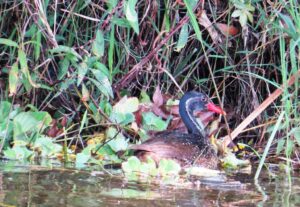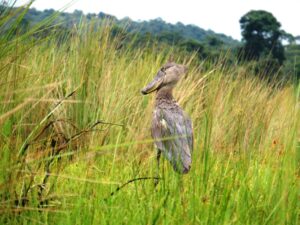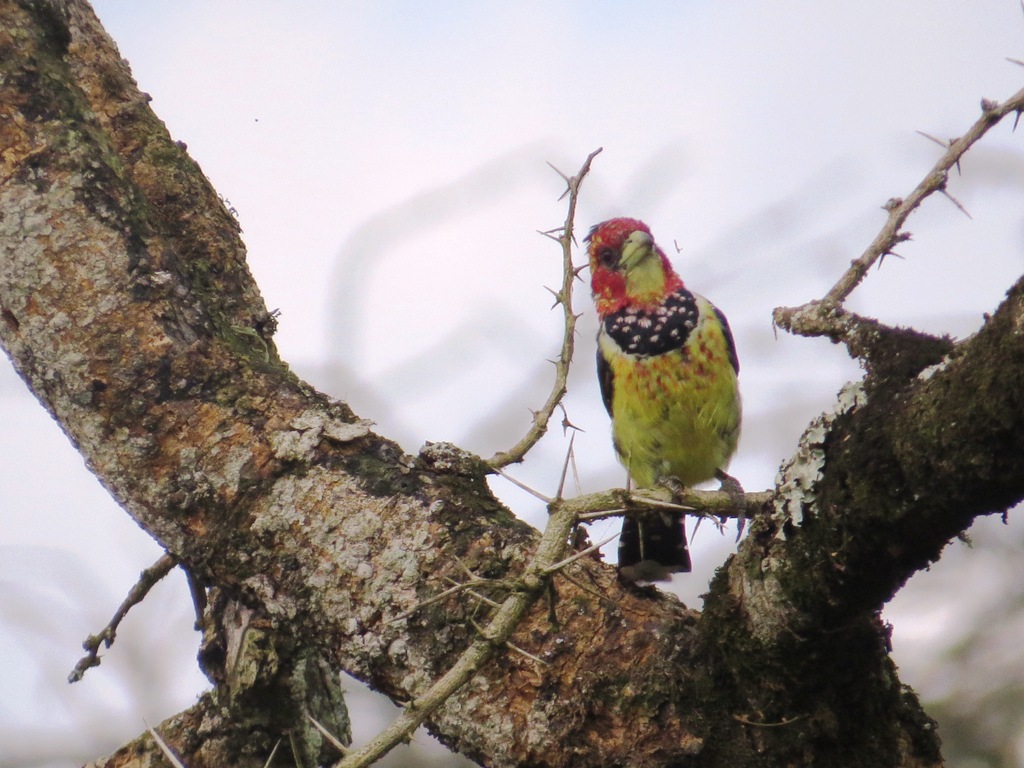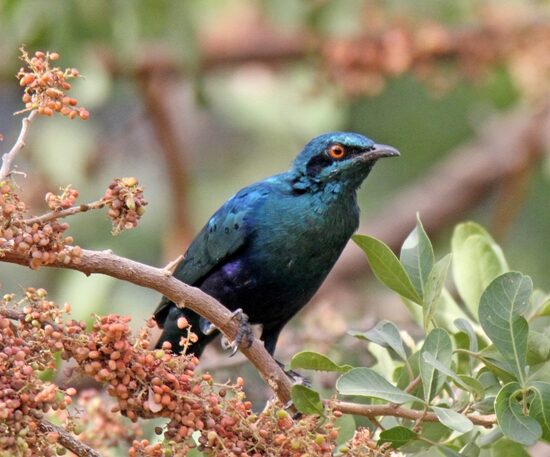Uganda is one of the best countries in Africa for birding adventures, a popular birding destination, and for a good reason, easily accessible, has good accommodation, and infrastructure, a feast of stunning scenery, great birding plus a generally pleasant temperature. Uganda Birding Tour predominantly focuses on birds and mammals with excellent opportunities for photography. Uganda as a country offers unsurpassed opportunities to see primates such as Eastern Mountain Gorillas, Chimpanzees, and Golden Monkeys.

















